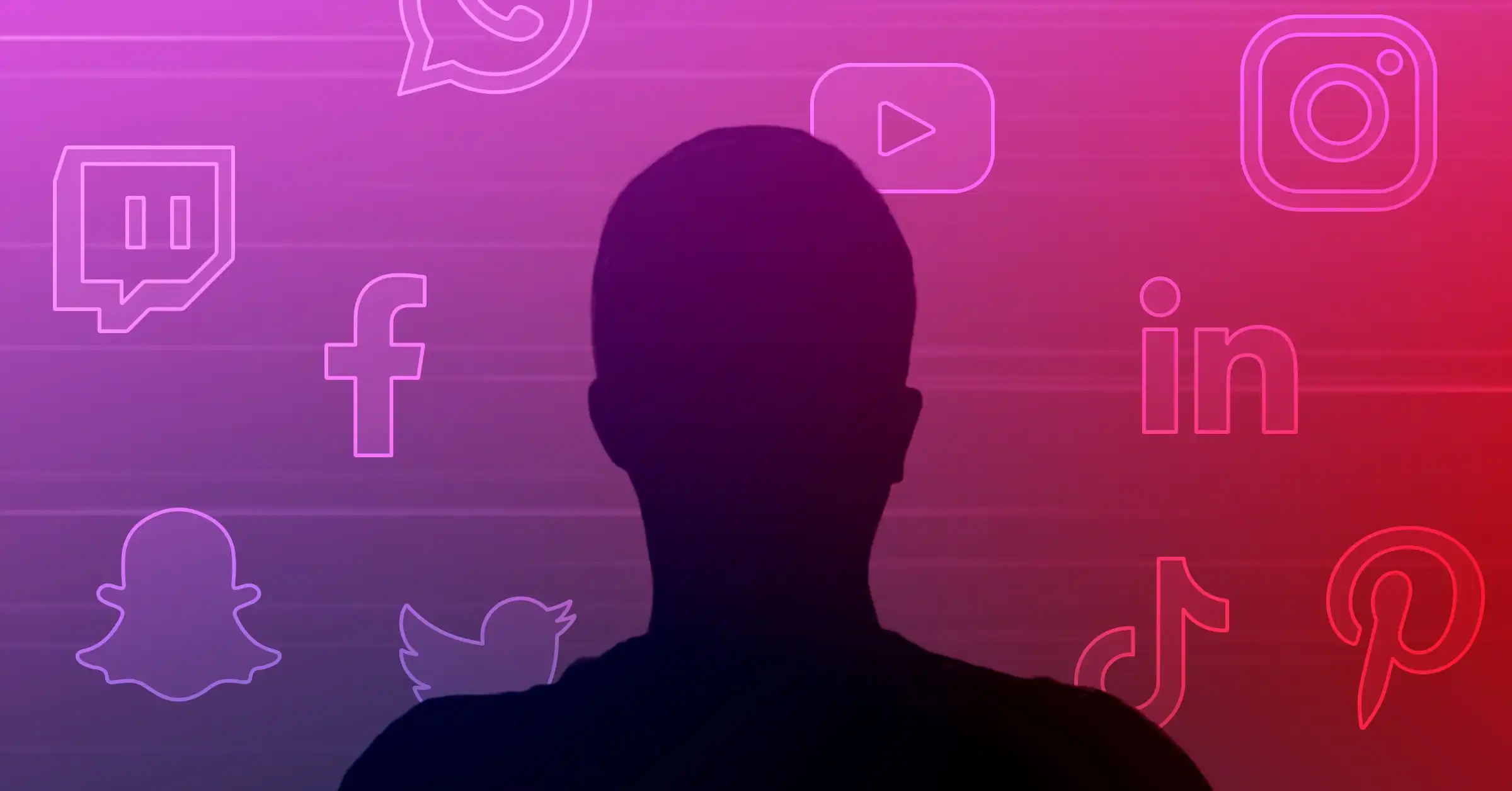The idea of getting people’s attention through advertising is nothing new. In fact, you could say that advertising is the act of getting people’s attention (and keeping it) with the intent of getting them to do something. Without context, the renewed interest in the attention economy seems almost too obvious. Of course advertising is about attention! But the digital world has heightened attention into a scarce commodity at a scale we’ve never seen before, and we think it’s about time we started taking that seriously.
Here are the top three reasons why brands should care about the attention economy:
1. Attention is a scarce resource
According to Forbes, “On average, people are exposed to between 6,000 and 10,000 advertisements a day. The average human brain is simply incapable of processing such a bombardment of content, which means the vast majority of ads seen are only ignored or forgotten about within seconds.” In other words, it is harder to get and maintain people’s attention than ever before.
As new forms of media take hold, attention becomes even more scarce. If you don’t do the work to garner attention, then you’ll simply get what you work for–an advertising campaign that no one pays attention to.
What makes matters worse, is that attention isn’t only scarce because of the current digital media climate, but also because of our own brains. There is scientific evidence that our brains are hardwired to be distracted.
2. Attention builds brand awareness and intent
This doesn’t mean that consumers don’t want to pay attention. In fact, our brains are constantly trying to make sense of things and turn them into a cohesive narrative. In other words, if advertisers can get consumer’s attention in a way that builds a cohesive story, they will not only survive in this type of attention climate, but thrive.
A focus on attention brings two important elements of advertising to the forefront: awareness and intent.
A consumer needs to be aware that your brand exists. This happens through repeated high level storytelling, as well as generosity in actually helping customers solve a problem. Once that awareness is there, having a consumer’s attention in a story pushes them towards intent. Namely, the intent to buy.
Without awareness and intention, a lot of the bottom of the funnel pay per click models lose steam.
3. The marketplace is shifting back toward authentic attention
As the efficacy of some digital advertising techniques declines, more and more brands are looking to advertising that prioritizes attention. Recent studies show a sharp increase for fraudulent clicks, as well as a decline in the overall effectiveness of the PPM model. For some brands, that means going back to traditional forms of advertising, and for others it means looking into new media, like livestreaming.
The bottom line is that brands need to care about attention if they are going to succeed.
Livestream has Gen-Z’s attention
In a constantly evolving media landscape, getting audience attention will require early adoption of new advertising media. Not only does this mean that verification companies are increasingly more important, but it also means that brands need to pay attention to growing media that garners attention.
According to Insider Intelligence, “people spent a collective 9 billion hours watching livestreaming video game content around the world (excluding China).” This is more than double the amount from two years before. Not only is watching esports and livestream gaming growing, but the length of time viewers give to it is high.
One of the best ways to get consumers’ eyes on brand messages, particularly Gen-Z consumers, is to go where they are currently giving their attention. Right now, more than any other media, they are giving their attention to livestream.
Originally posted at Thece.co. Learn more about how Thece is connecting brands with Gen-Z through esports and gaming.




Very interesting topic, regards for putting up.